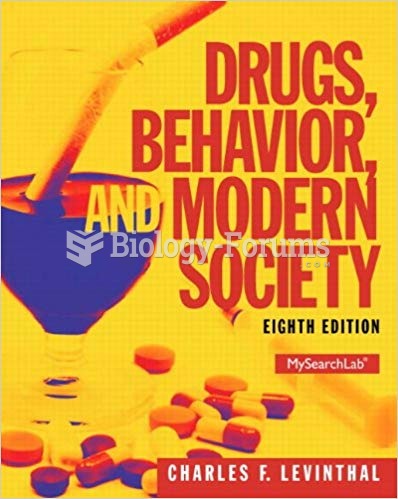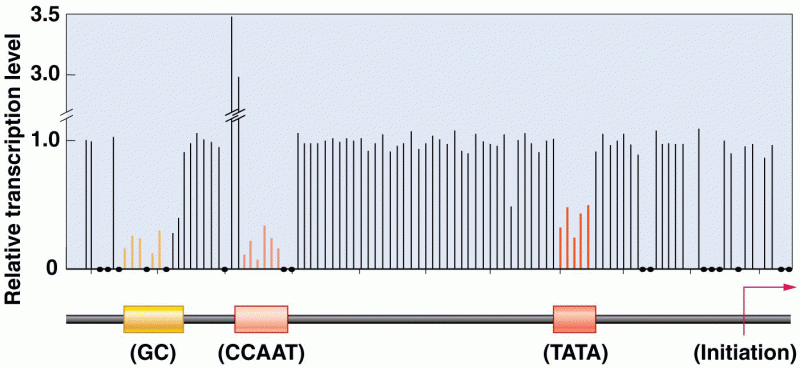Answer to Question 1
D
Feedback
A School-age children enter the stage of concrete operations. They learn that their
point of view is not the only one.
B The school-age child has a sense of humor. The child's increased language
mastery and increased logic allow for appreciation of plays on words, jokes, and
incongruities.
C The school-age child understands that properties of objects do not change when
their order, form, or appearance does.
D The preschool-age child engages in fantasy and magical thinking. The school-age
child moves away from this type of thinking and becomes more skeptical and
logical. Belief in Santa Claus or the Easter Bunny ends in this period of
development.
Answer to Question 2
A
Feedback
A DRIs consist of RDAs, AIs, and ULs. AIs are similar to RDAs, except that they deal with nutrients about which data are insufficient for certainty (RDA status). ULs are guidelines for avoiding excesses of nutrients for which excess is toxic. Green, leafy vegetables; whole grains; and fruit are important, but they are not the whole nutritional story.
B DRIs consist of RDAs, AIs, and ULs. AIs are similar to RDAs, except that they deal with nutrients about which data are insufficient for certainty (RDA status). ULs are guidelines for avoiding excesses of nutrients for which excess is toxic. Green, leafy vegetables; whole grains; and fruit are important, but they are not the whole nutritional story.
C DRIs consist of RDAs, AIs, and ULs. AIs are similar to RDAs, except that they deal with nutrients about which data are insufficient for certainty (RDA status). ULs are guidelines for avoiding excesses of nutrients for which excess is toxic. Green, leafy vegetables; whole grains; and fruit are important, but they are not the whole nutritional story.
D DRIs consist of RDAs, AIs, and ULs. AIs are similar to RDAs, except that they deal with nutrients about which data are insufficient for certainty (RDA status). ULs are guidelines for avoiding excesses of nutrients for which excess is toxic. Green, leafy vegetables; whole grains; and fruit are important, but they are not the whole nutritional story.







